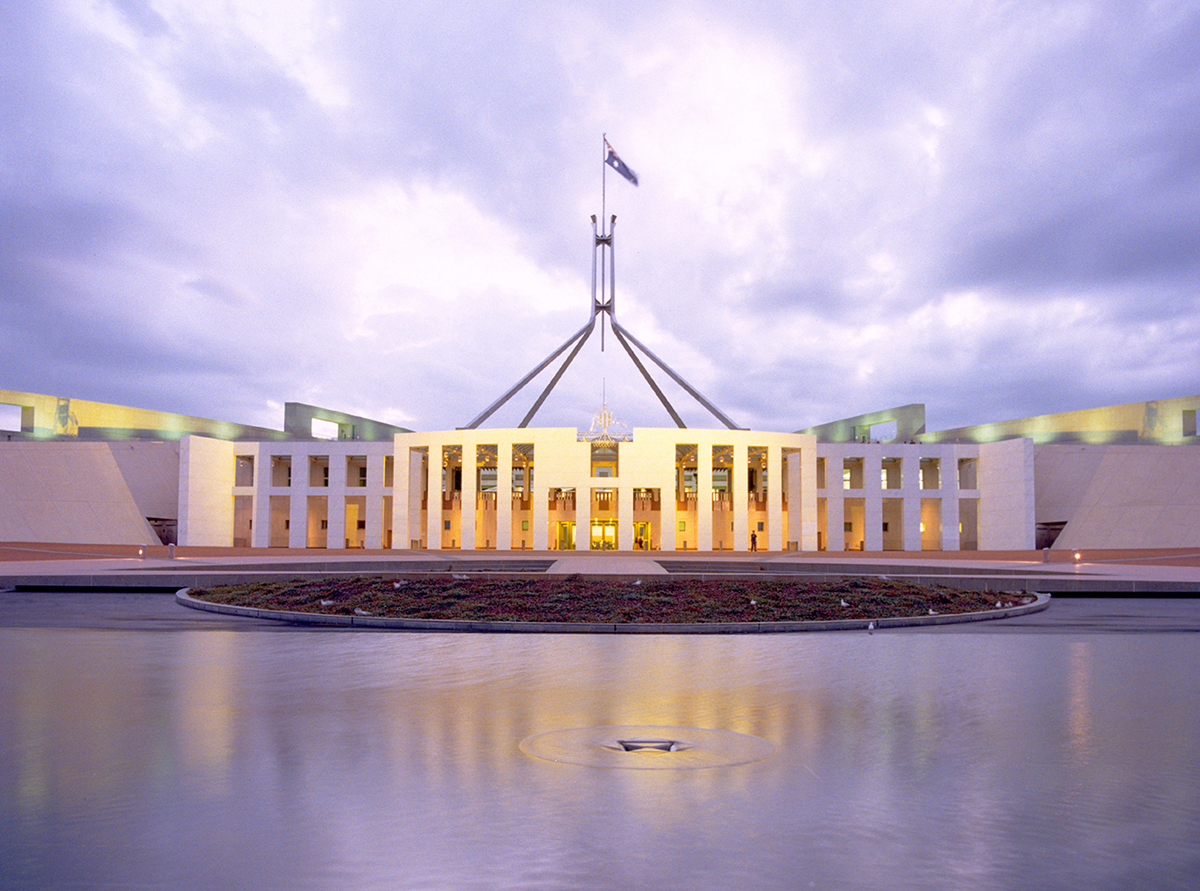Despite market uncertainty in recent years, the next generation of Australians is seeking to take greater control of their financial future by opening SMSFs, according to AUSIEX.
Recent data from AUSIEX (Australian Investment Exchange Limited) has revealed during the first quarter of FY22 (July to September) that there was a 9.3 per cent increase in new SMSF accounts opened compared to FY21 Q1.
Gen Y or millennials (born 1981-1996) represent the fastest-growing segment of new SMSF accounts. The year 2020 onwards has seen a new pattern emerge, with this group representing 10 per cent of all new accounts – double the rates seen from 2016 to 2019.
During FY21, there was also an emerging trend in SMSF accounts opened by Gen Z (born 1997-2012). The number of SMSF accounts owned by Gen Z investors has doubled in the past 12 months.
AUSIEX CEO Eric Blewitt said recent years of government and regulatory reviews of the super system has most likely prompted greater awareness of super among younger Australians.
“SMSFs have traditionally been the domain of those with higher fund balances and those approaching the decumulation phase,” Mr Blewitt said.
“SMSFs may be appealing to younger people due to the fact they provide greater control over investments.”
Mr Blewitt said the data was consistent with AUSIEX’s report, Australia’s Trading Transformation, released in June, which found a 250 per cent increase in self-directed investors under the age of 25 trading during the initial COVID lockdown in Australia through to March 2021.
“All of this data is painting a picture of much greater interest from younger people in taking control of their financial goals,” he said.
In recent years, female SMSF account holders have increased, with the male to female ratio for new SMSF account holders now 1 to 1.33. One in three Gen Y/Gen Z investors is female. This is consistent with data published in Australia’s Trading Transformation report, which showed 52 per cent of new trading accounts opened in the 12 months to March 2021 were by women.
Increase in active traders but less so in ETFs
The AUSIEX SMSF book has grown by an average of 5 per cent for each of the last three years and is made up of 53 per cent Advised (advised and advised platform), and 47 per cent directly held accounts. Advised SMSF new accounts have seen a renewed increase since June 2021, with September 2021 representing a 16-month high.
Over time, AUSIEX has found that SMSF accounts are 30 per cent more likely to trade compared to non-SMSF accounts. SMSF accounts activate faster than non-SMSF accounts, with more than half trading within 90 days of being opened (54 per cent) compared to only 42 per cent of non-SMSF accounts.
SMSF accounts have executed 20 per cent of all AUSIEX trades since 1 January 2020. Since SMSFs are 10 per cent of all AUSIEX accounts, trading is double the expected amount compared to size.
The top 10 most traded stocks for the SMSF segment are heavily weighted towards blue chips, with BHP, Westpac, CBA, NAB, Woodside Petroleum, CSL, ANZ, Fortescue Metals, Macquarie Bank, and Telstra making the list.
However, SMSF accounts are less invested in ETFs compared to other accounts. New accounts held by Gen Z surprisingly have the lowest percentage of ETF investments (19.23 per cent) in their SMSF compared to all older generations, who sit between a range of 27 per cent to 32 per cent.
Those that traded ETFs tended to favour Australian Equities or US Equity ETFs, such as Vanguard US Total Market Shares Index ETF (VTS), iShares Core S&P 500 ETF (IVV), and BetaShares Nasdaq 100 ETF (NDQ).
AUSIEX also saw some initial interest amongst SMSF investors in newer MegaTrend ETFs, such as ETFS Semiconductor ETF (SEMI), ETFS Hydrogen ETF (HGEN) and very strong interest in BetaShares’ Global Cybersecurity ETF (HACK).
“The long-held view that Australians do not actively engage with their super until they near retirement looks to be changing,” Mr Blewitt added.
“However, this data raises questions whether advisers and fund managers might need to pivot to attract and retain clients who appear to be paying much more attention to their super and the investments within.”
Source: SMSF Adviser


